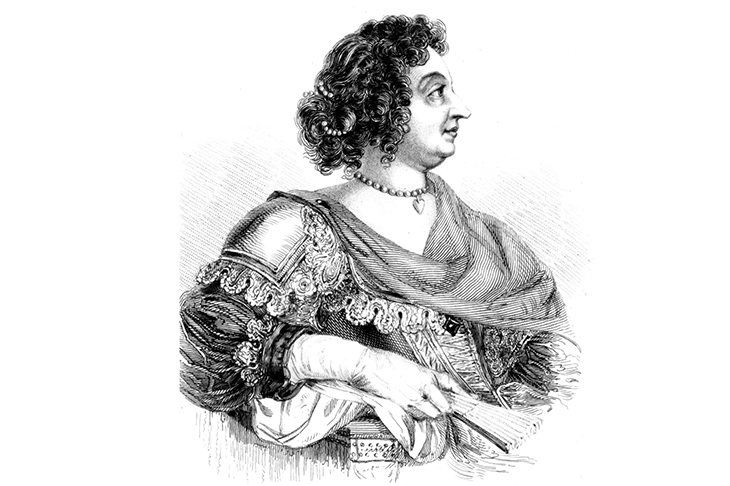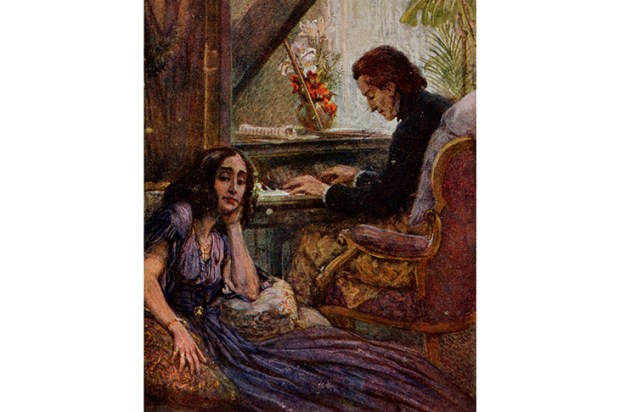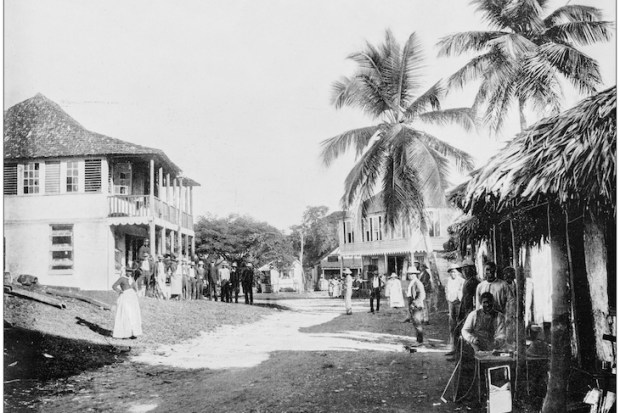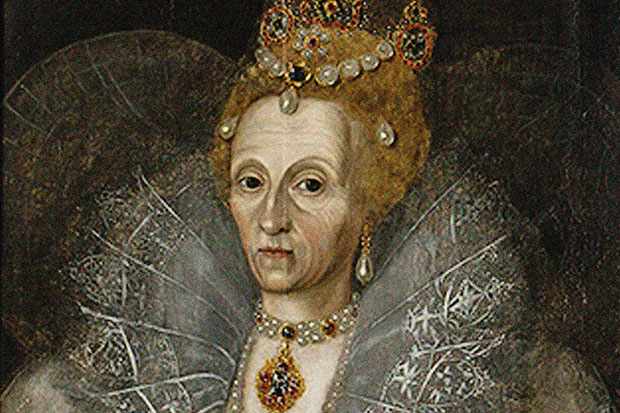Few twists of political fortune are as discombobulating as the youngest child making off with the family inheritance. Richard III, George W. Bush, Ed Miliband: monsters all three. Sophia, Electress of Hanover — bright, lively and self-indulgent — left a no less divisive legacy. The 12th child of an exiled Mittel Europa princeling, Sophia had scarce prospects when she was born in The Hague in 1630. Yet through her mother Elizabeth, daughter of James I, Sophia was able to pass the newly unified British crown to her son George I. (She missed out on the throne herself when she predeceased her cousin Queen Anne by less than two months.) To many Catholics, she remains a symbol of the Protestant chauvinism that drove Britain’s parliamentarians to exclude 57 Catholic cousins ahead of her. To centuries of Whig historians, Sophia was the dynastic guarantor of the bloodless revolution and the democratic rights of Englishmen, free from the grip of Rome.
Nancy Goldstone takes as her story the intertwining lives of Sophia and her three older sisters, the surviving daughters of Elizabeth Stuart. Elisabeth (scholarly), Louise Hollandine (artistic), Henrietta Maria (domestic) and Sophia grew up during their parents’ exile in The Hague, after their father, Frederick of the Palatinate, lost both his hereditary home of Heidelberg and his briefly held electoral kingship of Bohemia in the early years of the Thirty Years War. Marital options were slight. Elisabeth and Louise Hollandine became abbesses (the latter converting to Catholicism in a dramatic religious elopement). Henrietta Maria was married to a Transylvanian prince, in an extravagant three-day ceremony at which the groom appeared only by proxy. She was then sent to live with him, 569 miles from her nearest relatives in Berlin, and died three months after arriving.
The marriage of their parents, Frederick and Elizabeth, had been primarily a love-match: he came to London as a petty noble, courting Europe’s most eligible Protestant princess, and she fell for him at the age of 16. Her brother Henry had to intercede to ensure their prevaricating father gave his final stamp to a marriage contract he had long regretted drafting. James I toyed with using his new son-in-law as a surrogate to bolster a Protestant enclave in central Europe, but he crumbled at the first protest from Spain, and his promised military support for Frederick’s attempt to become King of Bohemia never substantially materialised.
Frederick arrived in Bohemia in October 1618 and had fled by November 1619, earning him the derisive title ‘The Winter King’. Elizabeth spent years in exile drafting begging letters to her father, whose abject appeasement of Spain and fear of popular dynastic rivals at home led him to deny asylum to her and her children. As Goldstone drily notes, not a single one of Elizabeth’s 13 children was given the name ‘James’.
Would that the rest of Goldstone’s observations were so sharp. A good biography of Elizabeth’s daughters could have been a fascinating window into 17th-century Europe. Elisabeth, her eldest, was a correspondent of Descartes. Readers expecting Goldstone to explain her impact on the philosopher’s thought may be disappointed. An intellectual history this is not.
And the countless historical errors are not acceptable. Some seem minor. It shouldn’t really matter that Princess Elisabeth was born on 26 December 1618 rather than in November — or indeed that Princess Louise Hollandine was born on 8 April rather than the 7th. (These confusions cannot be explained merely by the ten-day lag between the Julian and Gregorian calendars both in use at the time — although it would have been useful if Goldstone had picked one and stuck to it.) Instead, the false November date seems to have been lifted from Josephine Ross’s 1979 biography of their mother — along with what else, one wonders?
Elsewhere, the shaky grasp of dates and detail has a greater impact on our story. How inappropriate was the 13-year-old James’s passionate relationship with his cousin Esmé Stuart? Bad enough if Stuart was 30, as Goldstone notes in passing — but more so as he was, in fact, 37. Coverage of James’s reign is particularly slipshod. In passing, Goldstone tells us that ‘as late as 1600… the king was lured to a house in Perth by an attractive young man who subsequently threatened his sovereign with a dagger’. If this is a reference to the notorious ‘Gowrie Conspiracy’, can Goldstone be unaware of centuries of debate about whether the attack took place at all? Given the mystery of the affair — claims that James had invented or set up the assault, the eagerness with which he demanded the lives of his ‘attackers’ — what historian would pass up the chance to tackle it properly?
Shoddy popular history books come and go. What is concerning about Goldstone’s is the number of reviews already out which have failed to highlight even such basic lacunae. It’s a boring job, fact-checking books that professional editors have seemingly failed to fact-check. But someone’s got to do it.
Got something to add? Join the discussion and comment below.
Get 10 issues for just $10
Subscribe to The Spectator Australia today for the next 10 magazine issues, plus full online access, for just $10.
You might disagree with half of it, but you’ll enjoy reading all of it. Try your first month for free, then just $2 a week for the remainder of your first year.














Comments
Don't miss out
Join the conversation with other Spectator Australia readers. Subscribe to leave a comment.
SUBSCRIBEAlready a subscriber? Log in